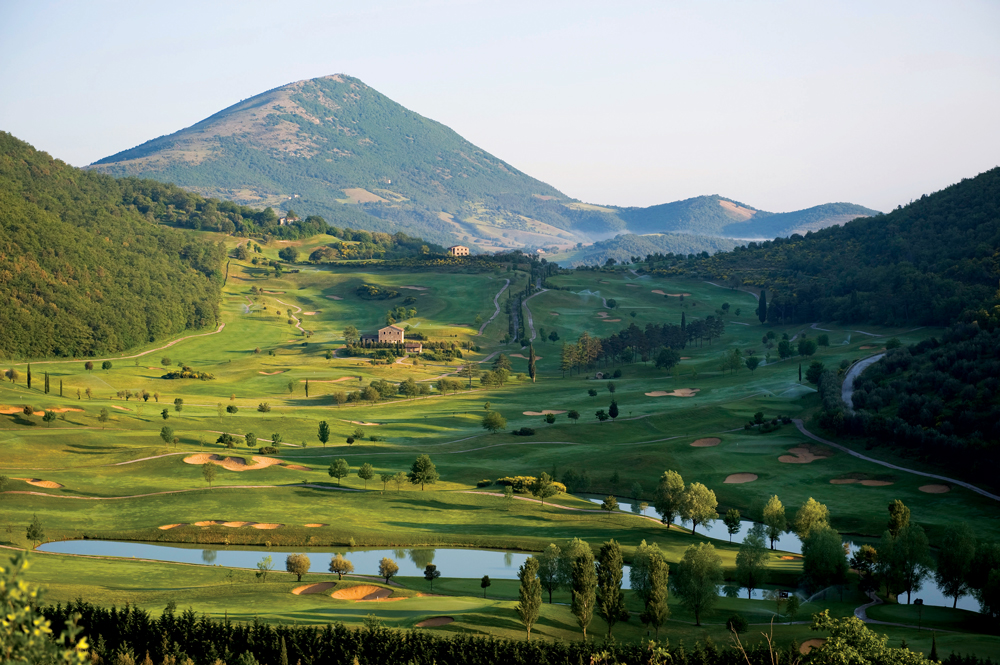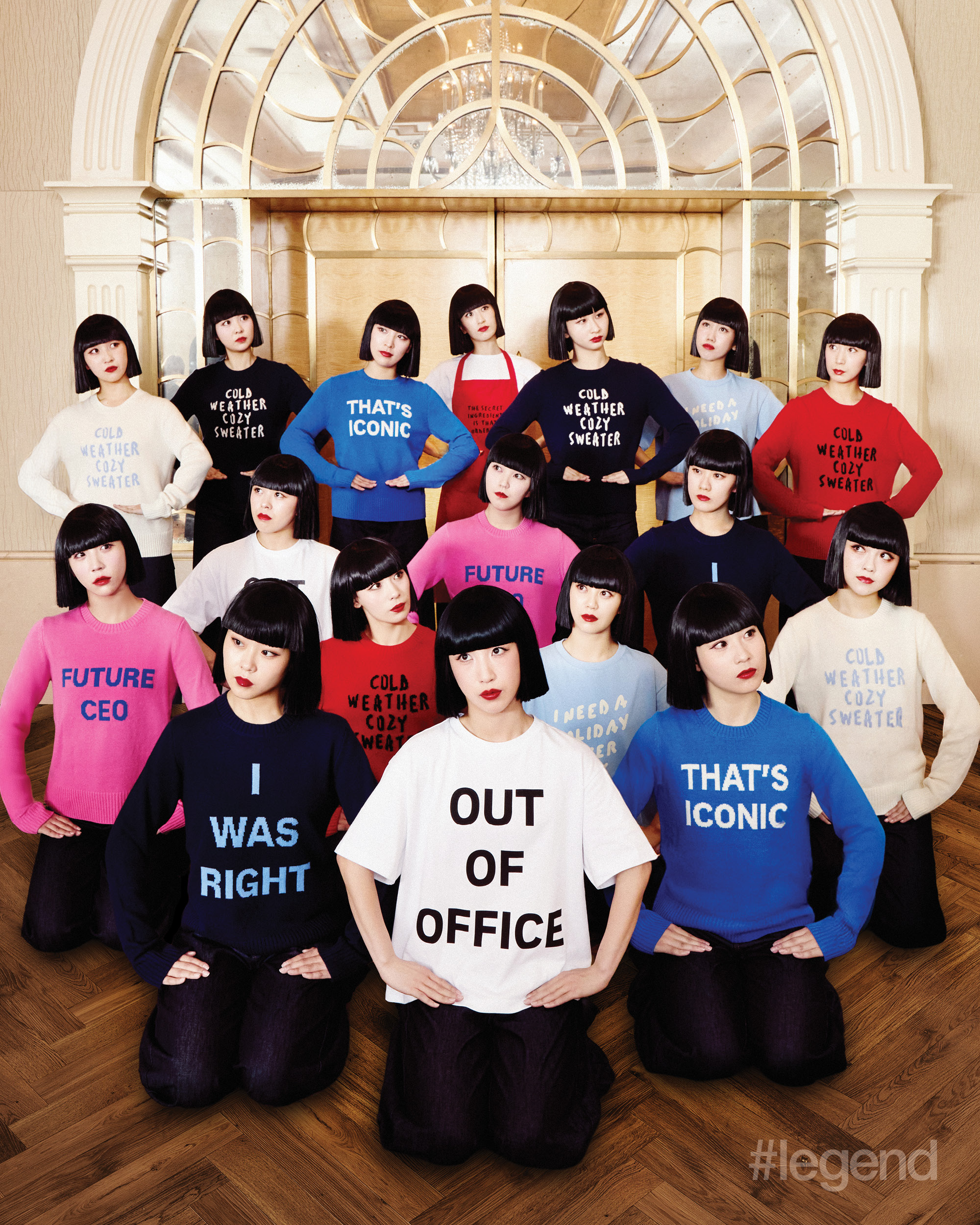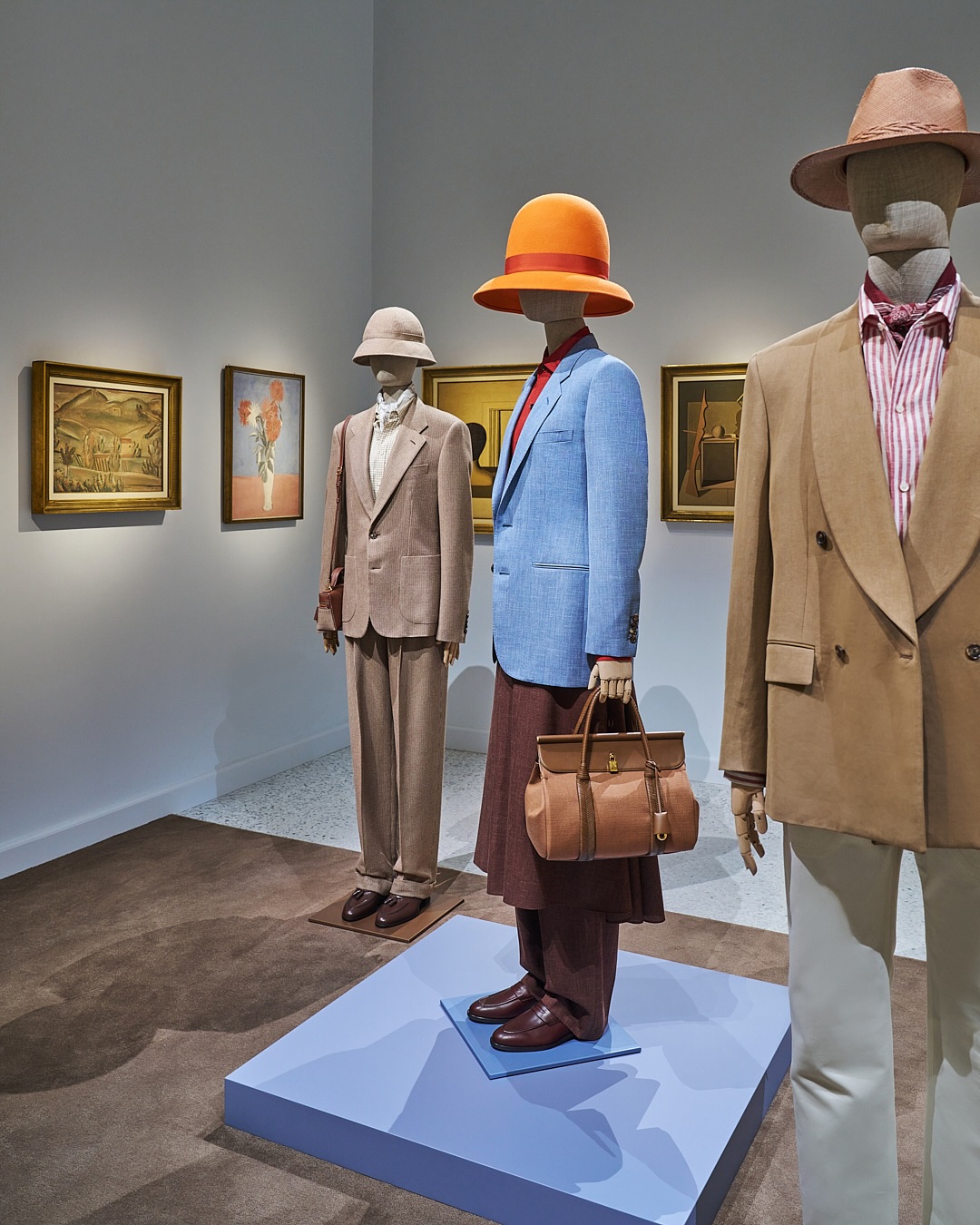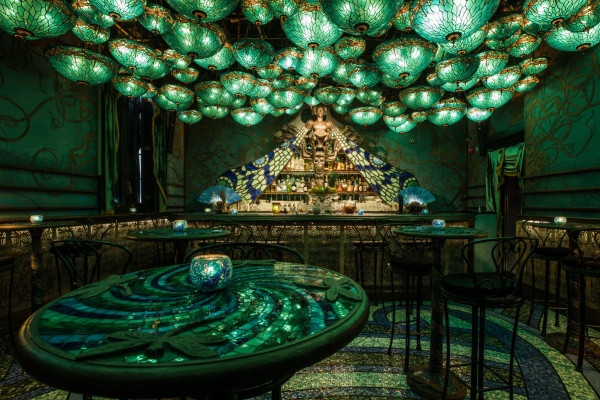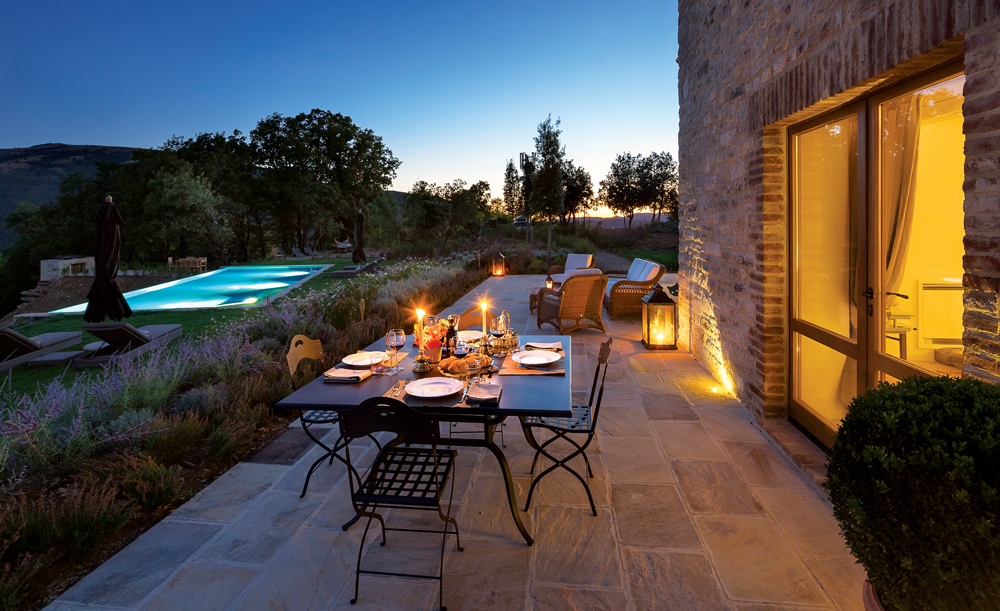
Italy, for me, has always been about the sea. The Mediterranean’s unmistakeable blue first enchanted me on a sailing trip to Sardinia over a decade ago. I’ve since been charmed by chocolate-box-top villages such as Portofino on the Italian Riviera, awed by the menacing cone of Mount Vesuvius and captivated by the legendary glamour of the Isle of Capri in the Gulf of Naples. I’m hardly alone in being drawn to such enticements. Even Tuscany, with its bucolic inland beauty, has long lured tourists in part because of its proximity to the sea.
But recently I ventured into the hinterland – to Umbria, the only region of Italy that abuts neither the sea nor another country. This secluded treasure trove – and the base for my exploration of it, Tenuta di Murlo – completely cured me of my hankering for the sea. Tenuta di Murlo is a privately owned estate covering thousands of hectares of countryside. It takes 20 minutes to drive there from Perugia, or two hours from Rome.
The seemingly limitless extent of the Murlo estate is best appreciated from the watchtower of Villa Torre, my home for four days. On all sides, unspoilt, rolling green woodland stretches away into the distance. The Carabba Tettamanti Radziwill family, which owns the estate, has cared for the landscape for generations.
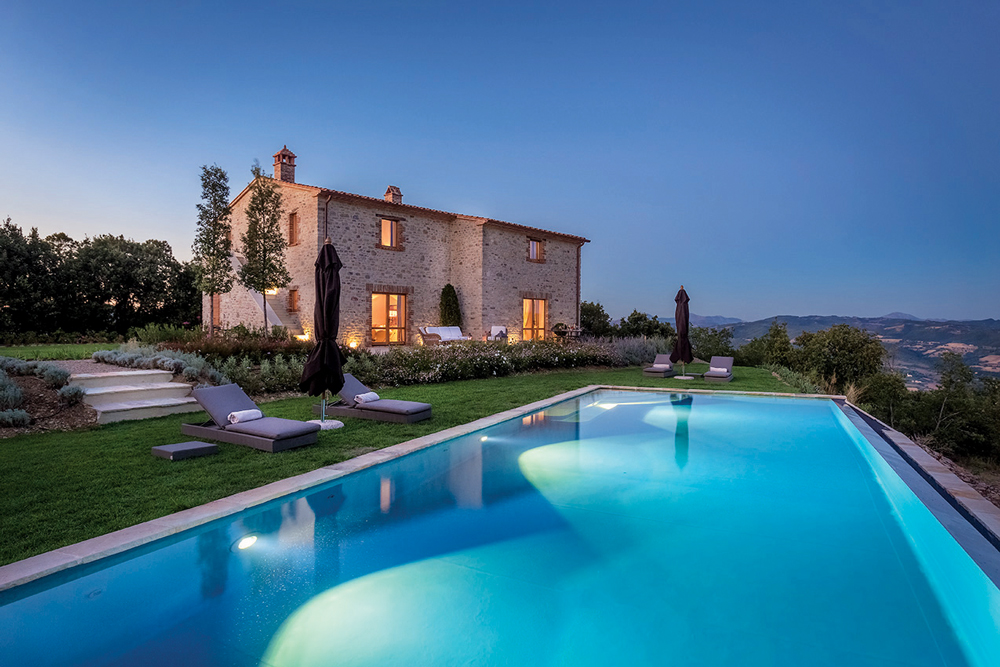
Umbria has plenty of charms other than its landscape. Some have historical appeal. From the terrace of my villa I can see Murlo Cerchiaia, a mountaintop fort over 2,000 years old. Not far from Murlo is the medieval town of Assisi, where St Francis was born. And some of Umbria’s charms have spiritual appeal, such as Assisi’s domed Basilica di Santa Maria degli Angeli, the birthplace of the order of friars that St Francis founded.
I am not the first to have discovered Umbria’s charms. Among those that have holidayed here before me are actors Colin Firth, whose wife is Umbrian, Ralph Fiennes and Hugh Grant; actor, comedian and writer Stephen Fry; musician and singer Elton John; and film-maker George Lucas.
From my villa I can see Murlo Castle standing out from the ocean of green. The castle is the residence of the Carabba Tettamanti Radziwill family. “The tower is 11th century, but the crypt of the church is 7th century,” says Carlotta Carabba Tettamanti Radziwill. “It’s very, very old here,” she says, adding in jest: “everything you touch, it collapses.”
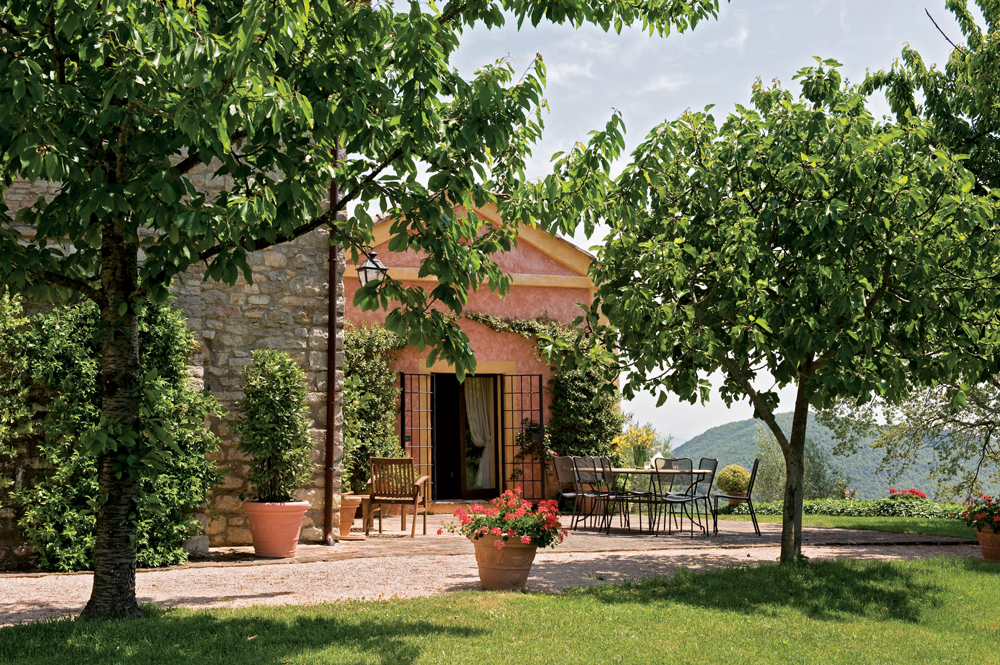
Growing cereal crops used to be the main purpose of the estate. But after World War II the people that worked the land began to drift away to the cities. Murlo went into decline for half a century, until the Carabba Tettamanti Radziwill family felt it was time to stop the rot. Just over a decade ago the family began transforming the estate, having decided that its new main purpose should be to serve as an exclusive place to have a holiday.
They first restored Villa San Savino, a 14th century building that sits dramatically at the end of a drive flanked by cypress trees. The villa is named after St Sabinus, a Bishop of Spoleto. The premises include a church and belfry – although the bells were stolen from the belfry long ago and the church is now deconsecrated. The interiors tastefully meld modern fittings and furnishings and eye-catching works of art with original features. The sitting room, for example, boasts Wi-Fi and a centuries-old fountain set into the wall, the original frescoes behind it still intact.
Villa San Savino sleeps eight. It has its own swimming pool, beautifully landscaped gardens and plenty of space for dining al fresco, giving views of Murlo’s olive groves, where the trunks of the trees defy their antiquity. The elements that give Villa San Savino its charm are typical of the elements that give all five Murlo villas their charm – although in each case the elements are combined differently to make each villa quite distinct.
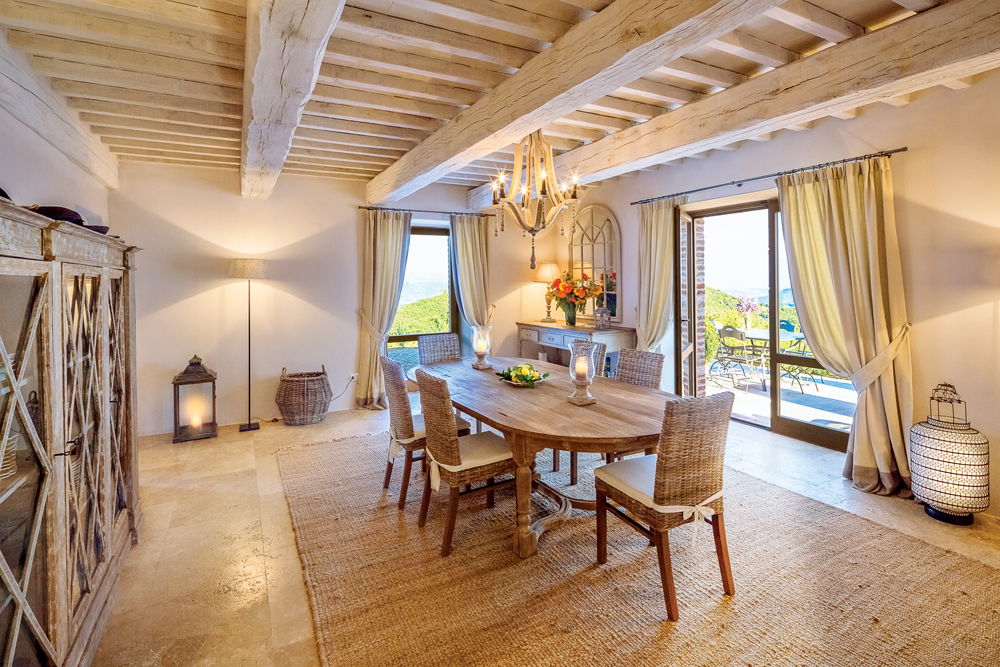
Tenuta di Murlo welcomes all kinds of parties, no matter how big or small and no matter what the occasion is that brings them to Umbria. All the villas have fully equipped kitchens and the guests cater for themselves. But each villa comes with its own butler, chef and housekeeping staff, and the establishment provides spa therapists and instructors in fitness and well-being.
The diversions on the Murlo estate include sampling a bottle of wine produced by the local vineyard, I Girasoli di Sant’Andrea. They also include eating in the estate’s own restaurant, Il Caldaro, where a medieval oven cooks pizzas prepared on the premises. The estate’s own olive oil and local flatbread are not to be missed. The establishment even puts on cooking classes to teach you how to make the bread.
More active pursuits include golfing on the estate’s own course, and hiking up the slopes of its own mountain, Monte Tezio. The establishment’s concierge can arrange activities further afield: horse riding, fly-fishing and truffle hunting. And Umbria’s cultural treasures – most less than an hour’s drive away – should not be missed.
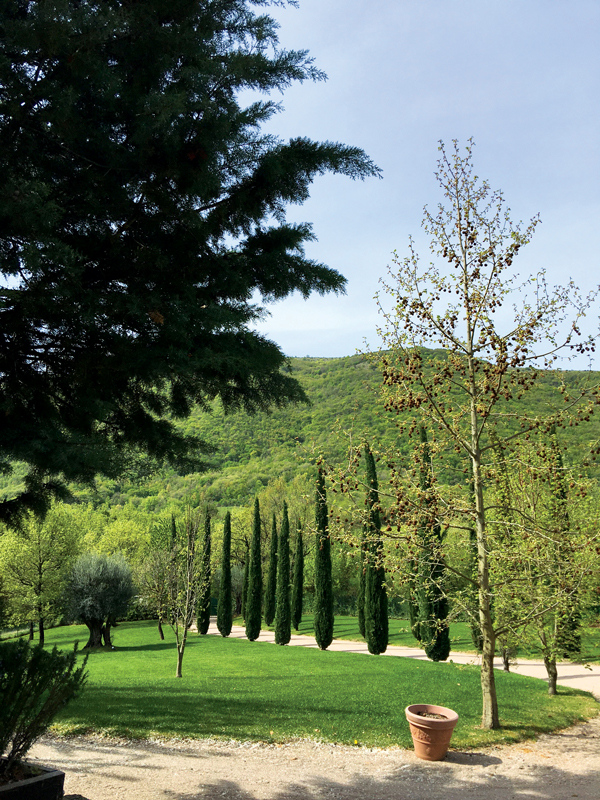
Journeying to Assisi in the late afternoon, Carabba Tettamanti Radziwill and I breathe in Umbrian air filled with the scents of fertile soil and cypress trees, and I let my eye wander over the Umbrian skyline dotted with hilltop ruins backlit by the weakening sun. The sun is setting when we arrive 40 minutes later, and many of Assisi’s attractions are closing for the day, thinning out the horde of tourists, enabling greater freedom to roam the cobbled streets at the foot of Monte Subasio. We wonder at the last rays of sunlight playing on the monumental Basilica di San Francesco, the burial place of St Francis, and enhancing the other-worldly aura of this UNESCO World Heritage Site.
The next day begins gently with a breakfast spread of local pastries, fresh fruit, pancetta and eggs cooked any style, all prepared by our butler, Namal. We then visit the Murlo estate’s Villa Caminata, or villa of many chimneys. The premises comprise a house containing five bedrooms, a cosy cottage and a garden bursting with 3,000 or more varieties of plant.
Carabba Tettamanti Radziwill had a hand in the interior design of the villas. Her touch is evident in Villa Caminata, where the Umbrian rustic chic of the decor and locally crafted furniture has a pan-European gloss, reflecting perhaps the Lithuanian and Polish royal blood that runs in the family’s veins. The Murlo estate lets all five of its villas to holidaymakers. Villa Torre sleeps eight, Villa Santa Croce sleeps six. Villa Subtilia comprises four separate apartments that together can sleep 18, and has its own putting green.
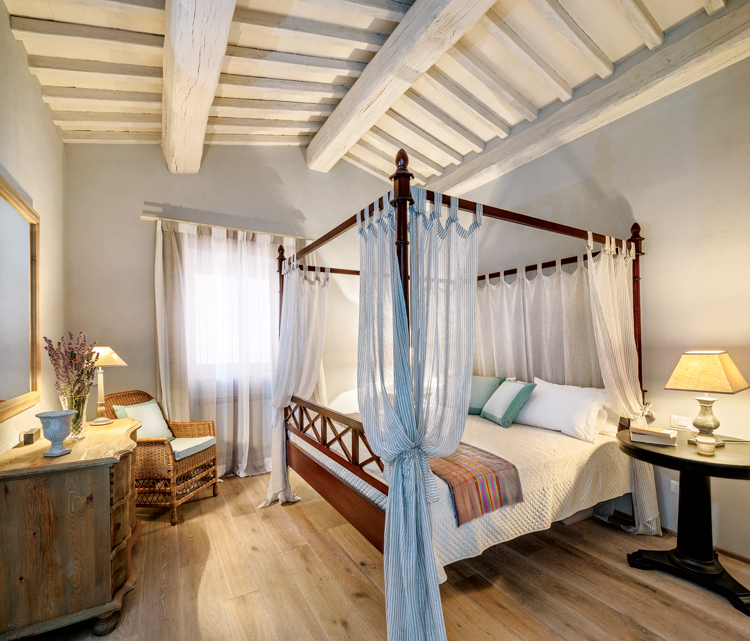
After a typical Umbrian afternoon devoted principally to a siesta, we set off for the town of Gubbio. While Assisi is infused with the lofty, religious spirit of St Francis, Gubbio’s character is more down-to-earth but the town is no less historical. Gubbio is off the tourist track, and so throbs to the rhythm of the day-to-day life of its townsfolk. The hillsides of the town are dressed in medieval, Gothic and Renaissance architecture expressed in grey stone. The best views are from the Funivia Colle Eletto, a cable car system in which iron baskets the size of telephone booths serve as the cars.
Well worth seeing is Gubbio’s Roman theatre, built in the year 1AD and once the second-biggest in the Roman Empire. These days, events that form part of Gubbio’s various festivals take place in the theatre. One such event is the crossbow contest held each May and September, in which the bowmen of Gubbio and the rival town of Sansepolcro match their skills – just as they first did in the 15th century.
The day after, we venture into neighbouring Tuscany. The landscape that lines our 50-kilometre route to Cortona is built-up, less dramatic and offers fewer majestic vistas than the countryside we saw on the way to Assisi and Gubbio. The trip is made worthwhile by the attractions of Cortona, with its monastery, Etruscan museum, rich history and the views from its hilltops. But even the joys of a piquant tomato and mozzarella salad, a sightseeing stroll and scoop of stracciatella ice-cream cannot tempt me to desert for long the peace and beauty of Umbria. That afternoon I turn my back on the touristy bustle of Tuscany and return to the hidden gem that is Tenuta di Murlo.
